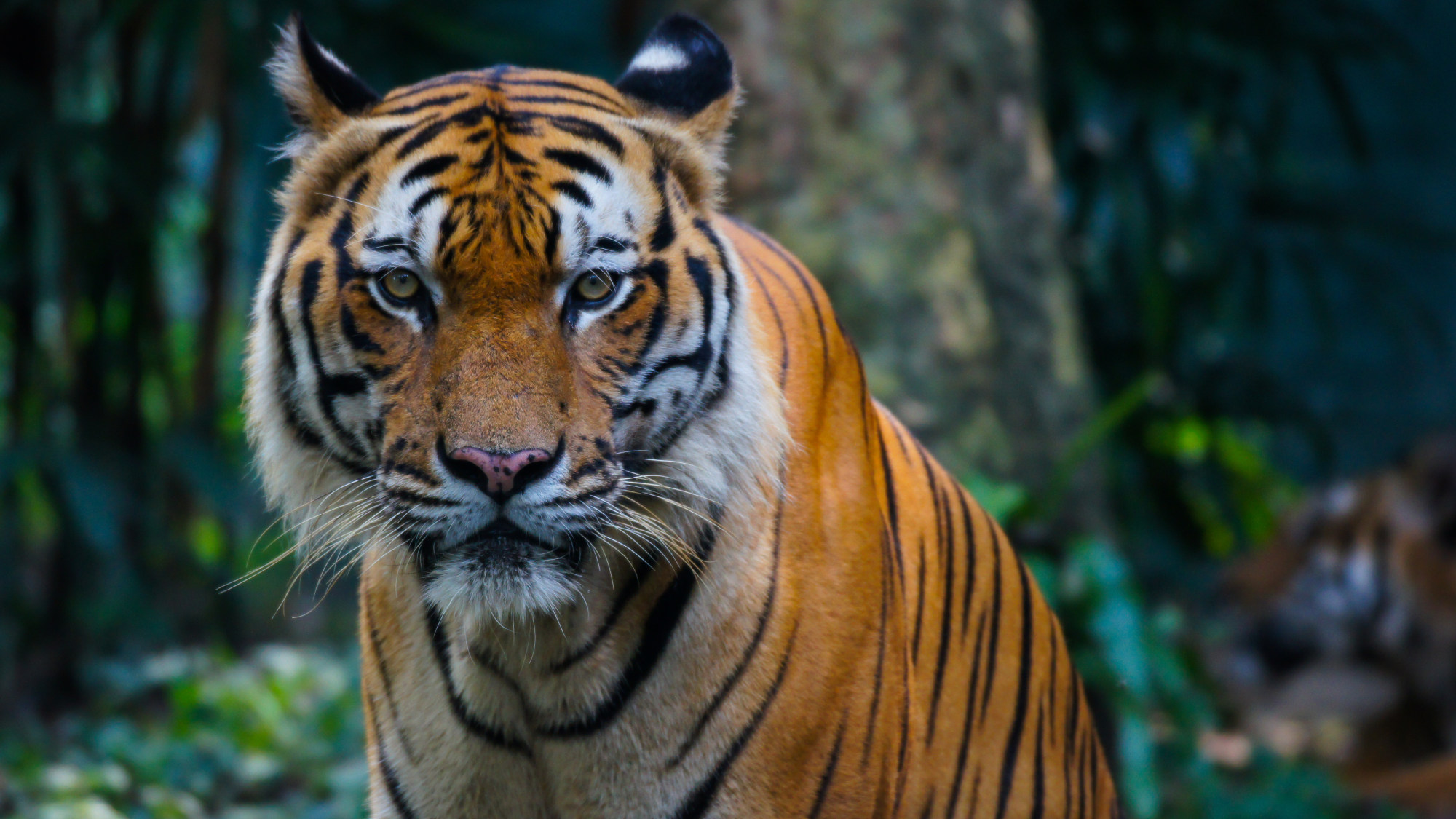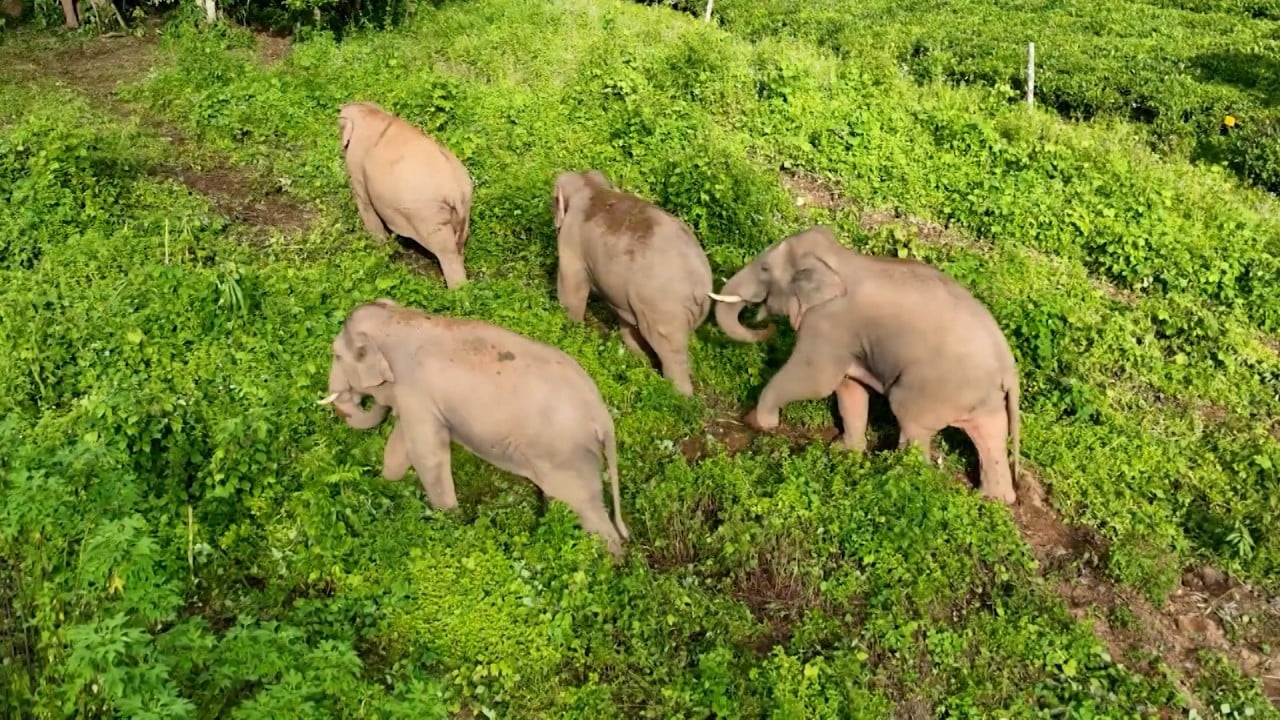Missing continent found in Asia 155 million years after splitting from Australia
The continent of Argoland, which seemingly vanished after splitting from Australia 155 million years ago, has finally been discovered, according to a new study.
Continental splits usually leave traces in ancient fossils, rocks, and mountain ranges. But up until now, scientists had been unable to find where Argoland had ended up.
Now researchers at Utrecht University in the Netherlands think they have uncovered the mysterious landmass, hidden under the eastern islands of Southeast Asia.
The discovery could help explain something known as the Wallace line, which is an imaginary boundary that separates Southeast Asian and Australian fauna.
“We were literally dealing with islands of information, which is why our research took so long. We spent seven years putting the puzzle together”, said study author Eldert Advokaat, a geologist at Utrecht University, in a press release.
It took some careful detective work to find where Argoland had gone after breaking off from what would become Australia. Scientists had found bits of “ribbon continents” around South East Asia, but could not piece them back together, Advokaat told Live Science.
“Nothing fit,” he said.
Finally, they had an epiphany: what if Argoland started off as a series of continent fragments, rather than a solid chunk?
“The situation in Southeast Asia is very different from places like Africa and South America, where a continent broke neatly into two pieces,” Advokaat said in the press release.
“Argoland splintered into many different shards. That obstructed our view of the continent’s journey,” he said.
A map shows the location of Argoland in the present day. The fragments of Argoland have drifted mostly towards the eastern side of Indonesia, while some have migrated towards Myanmar.
Humans became critically endangered a million years ago, Chinese study suggests
Humans became critically endangered a million years ago, Chinese study suggests
Working from this hypothesis, they found that Argoland hadn’t really disappeared. It had survived as a “very extended and fragmented ensemble” under the islands to the east of Indonesia.
With this work, they were finally able to bring Argoland’s journey over the past 155 million years back to life.
Because it is not a solid mass, but rather a series of microcontinents separated by ocean floor, Advokaat and his Utrecht University colleague geologist Douwe van Hinsbergen coined a new term to define the Argoland more precisely: an ‘“Argopelago”.
Their findings were published October 19 in the peer-reviewed journal Gondwana Research.
The research doesn’t only tell us how our planet came to be the way it is today.
Gigantic ‘water vampire’ fossils found in northern China
Gigantic ‘water vampire’ fossils found in northern China
It could also help scientists better understand the bizarre Wallace line, an invisible barrier that runs through the middle of Indonesia and separates mammals, birds, and even early human species in the Southeast Asian islands, Advokaat told Live Science.
The barrier has puzzled scientists because of how starkly it separates the island’s wildlife.
To the west of the line are placental mammals like apes, tigers, and elephants, which are also found in Southeast Asia. But these are almost completely absent to the east, where you can find marsupials and cockatoos – animals typically associated with Australia.

This could be due to Argoland carrying its own wildlife away from future Australia before it smashed into Southeast Asia.
“Those reconstructions are vital for our understanding of processes like the evolution of biodiversity and climate, or for finding raw materials,” van Hinsbergen said.


